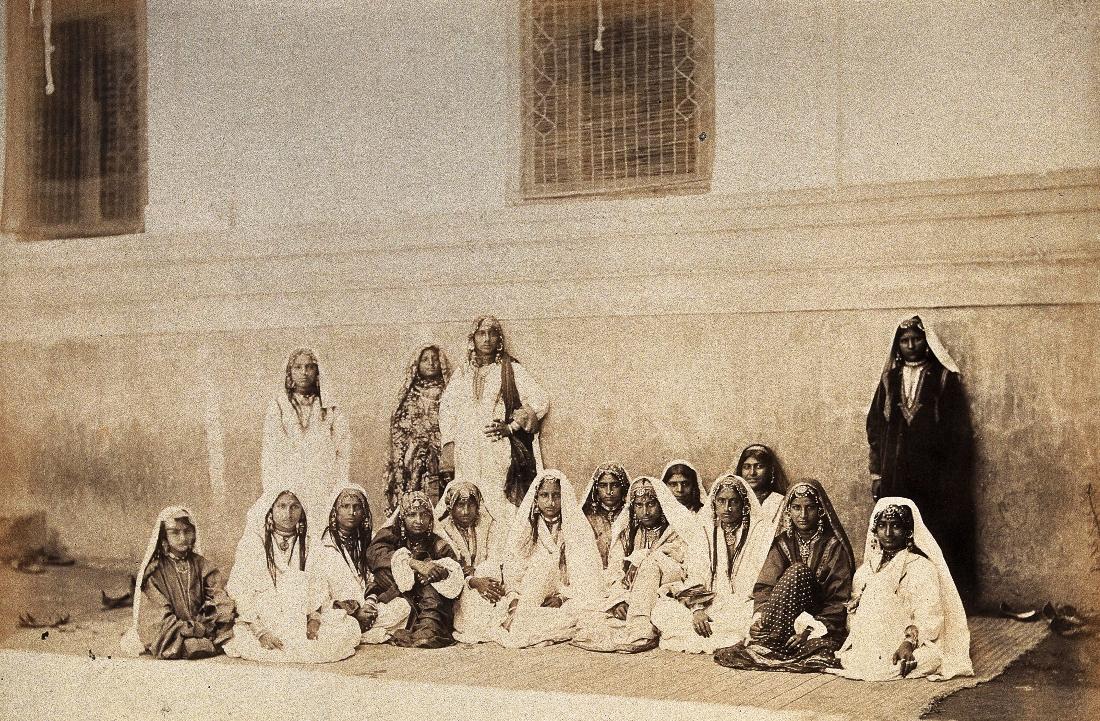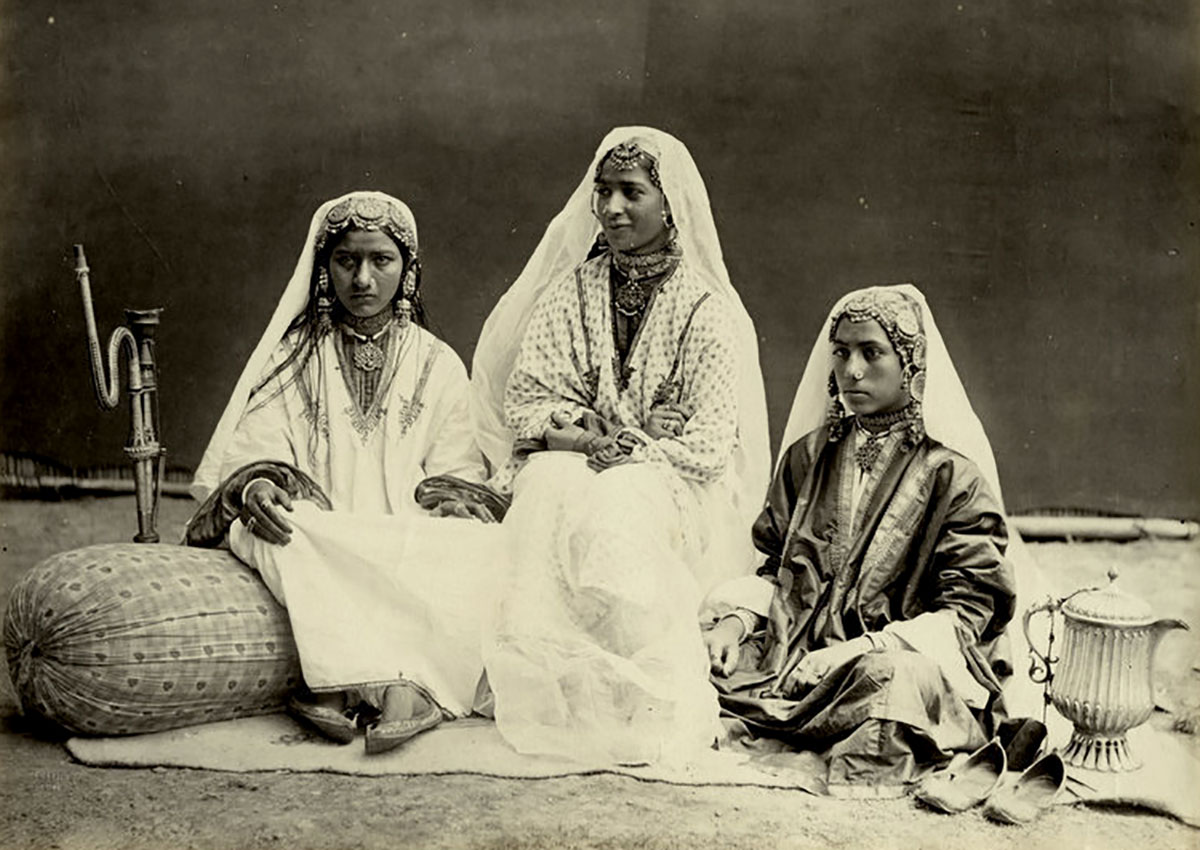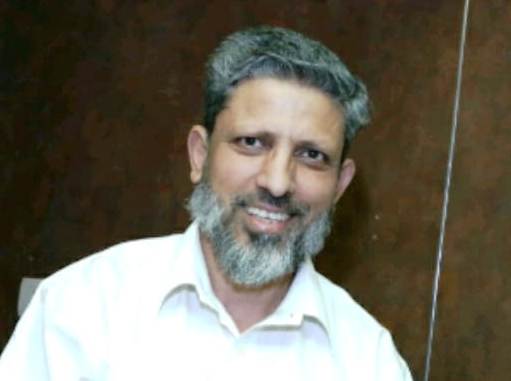As singing got into dancing and the nautch into prostitution, the Kashmir governor’s in Sikh and Dogra eras saw pleasure and money in the business of induced culture. It was only after a modest barber put up history’s biggest battle single-handedly that the soft leather trade was finally banned in Kashmir, writes MJ Aslam

Prostitution was widespread throughout British India till 1947. Brothels were ubiquitous in Orissa, Bengal, Karnataka, AP, Maharashtra, Punjab, and other States. The first law that prohibited brothels in British India was the East Bengal and Assam Disorderly Houses Act, 1907, which was followed by many other States in subsequent years by passing separate legislations.
Prostitution was linked to singing and dancing girls and Kashmir was not an exception. Kashmiri nautch girls performed at Sikh and Dogra Darbars. They travelled long distances to famous cities of Punjab like Lahore, Amritsar, and Ludhiana, as well for “performance” before the royals and the rich. These Kanchanis or Nachwallis, as they were usually referred to, invariable hailed from extremely low socio-economic classes. They were courtesans. In Kashmir, however, there were no formal brothels till the first quarter of the twentieth century. Flesh trade was, no doubt, going on and it was considered a legalised profession as the Dogra State extracted revenue of registration fees and a fixed portion of the income from the prostitutes.
Converting Dancers Into Hafiazas
Certain writers have coined sophisticated terminology of Hafizas for these nautch girls and prostitutes. Perhaps it was an attempt to give them a status at par with the Devdasee system, Basavi system, Jogin system that existed in the Indian plains. Some invoked the use of Persian language by these dancers to justify the use of Hafizas, insisting they did not use Sanskrit, a language that was dead in Kashmir almost half a millennium ago.

Even a literal meaning would not justify the use of the term because Hafiza is an honorific term in Islam and could never be conferred on courtesans! Unfortunately, later scholars, academicians and some cultural historians and writers copied this terminology unquestionably.
Before the first quarter of the twentieth century, these dancers were invariably known as nautch girls throughout North India right from Punjab’s Sikh empire days. The same name would extend to the Kashmir Natchun Wajini. There is a lot of visual evidence available when the foreign photographers and travellers of repute clicked them in groups.
Noted watercolour artist, William Carpenter, Kashmir thrice in summers of 1853, 1854 and 1855 and drew fine paintings of two Kashmiri dancing-singing girls under the title nautch girls.
British photographer, Samuel Broune (1834-1912), was in Kashmir for several months in the summer of 1864 and he has various photographs of these nautch girls to his credit. Irish photographer, John Burke (1843-1900), visited Kashmir in 1868 and he also featured them.
American photographer and cinematographer, Herford Tynes Cowlin (1890-1980) was in Kashmir in 1926 during Hari Singh’s rule. He took photographs of nautch girls at Jammu when the coronation of Hari Singh was held on March 29, 1926.
Going through the galley of their collections, it is obvious that these women were called nautch girls or dancing girls like the rest of their counterparts in the Indian plains. With musical instruments, a band of male musicians behind the nautch girls is also seen in these photographs. Samovar, spittoon and hookah are also found in these photos and paintings.

However, the original caption of nautch girls was much later interpolated in these photographic records by some bloggers, tweeter handlers and media writers. In place of nautch girls, the term Hafizas of Kashmir was used. Hafiza being an Islamic honorific has been misused and a myth was woven around these courtesans to present them in Kashmir like Devdasee, Basavi and Jogin system members. There is no such terminology as Hafiza used in chronicles with respect to singing and dancing girls of Kashmir’s past.
The Flesh Trade
The soft leather trade centres had cropped up in several localities of Srinagar in the first quarter of the twentieth century. There were houses of ill-repute at Maisuma, Gaw Kadal and Tashwan, and since the Sikh era, singing-dancing-girls of Guru Bazar, Shaheed Gung and Suthrashahi had earned the notoriety of elopement with and exploitation by Sikh sepoys.
The notoriety of these areas in the past can be understood from a Kashmiri folklore song:
Yi Duniya Chu Nursing-gadich Malzaat,
Akis Sit Doh Ti Akis Sit Raath.
[This world is unfaithful comparable to a harlot of Nursing-Garh, Spending the day with one, the night with another].
All these localities exist adjacent to each other. Suthrashahi, for instance, owes its name to the Sikh era when some Sikh mendicants, followers of Shutra Shah of the seventeenth century, and disciples of Guru Hargobind, lived in this area.
Kashmiri Ladishah is also traceable to Suthrashahi, Srinagar. Guru Bazar and Shaheed Gung are correlative of Suthrashahi, all identified with the Sikh period of Kashmir. It was only the wealthy elite who visited the Kothas, brothels, in these areas.
Much later, Mehmood Shahri was a famous singer who was also a pimp and performed at a brothel in Tashwan. He was very close to Mehjoor and would sing his poetry. One day there was a scuffle between two groups of clients at the brothel in which one person was murdered. When the enquiry into the murder was completed by the police, Hakeem Habilluah, a cop, who was also a poet, described the cause of murder in a lighter sense in these poetic lines:
Mehjoor Ka Husni Bayan,
Mehmood Kee Husni Ada,
Milkar In Hasina Nay,
Peyda Kiya Ikk Karbala.
[Mehfil was enraptured by beautiful romantic lines of Mehjoor sung in a beautiful romantic voice and gesticulation of Mehmood, the two beauties thus together created mayhem and murder].
A Crusader Rises
This atmosphere prevailed in Kashmir at the beginning of the twentieth century, when the conscience of a young man, [Mohammad] Subham Hajam [b 1910, d 1962] was tormented by the immoral trade, and its ill effects on society and young people. He became restless and wanted to do something to prevent the scourge from going from bad to worse in Kashmir society. Poor barber by profession, he owned a small shop near Palladium Talkie, Bud Shah Chowk, Srinagar.
It is said that his family had come from a village and settled in the Maisuma locality where he was born and brought up. He lived in the midst of the houses of ill-repute and from his childhood, was “continually disturbed …..by the ribald songs accompanied by musical instruments such as the harp and zither, and also by men wrangling. But what really upset him were the cries of anguish from the unfortunates recently forced into this cruel life……The cries of these poor creatures went to his heart and prompted him to action. He went to some decent men he knew, and asked their help to fight this evil…..”. It is recorded that “well-known” political leaders of the time and even clergy were not cooperative with him in his mission. They gave him a cold response. They had almost winked at the scourge of flesh trade in society.
History has recorded that Subhan was playing Dugdugi in his hand at Bud-Chowk Srinagar clamouring for the attention of the people with a pointed remark: “Gane Biol Gali, Gal e Navun Chum [seeds of prostitution will vanish, I have to eradicate pimps and prostitutes from Kashmir soil].
In one narrative, it is said that he was just 14 years of age in 1925 and in another detail, he is said to be of 25 years of age in 1935, when he began his courageous fight. Whatever the truth of these statements, the genuine account is that he published, cyclostyled a pamphlet, and distributed hundreds of its copies in the city to show up the cruel traffic. In the pamphlet, he attacked pimps and government officials who were hand and glove with the former in the immoral trade. He went from door to door to awaken the people about the evil in Kashmir society seeking their cooperation in its eradication.
As his efforts were selfless and noble, the campaign started showing a good influence on people throughout the city and the towns. The young boys supported him and they would stand outside the houses of ill-fame with him at night, ‘trying to dissuade the men visitors from entering’ them, virtually obstructing their way to the brothels. He motivated the youth to sing in chorus with his songs of ridicule at brothels, brothel-keepers, pimps and their supporters.
It was but natural that his campaign would be reacted by the mafia. He was implicated in false police and court cases, his meagre sources of income were drained and he had to sell up his shop for defending himself against false charges and cases. But, still, he had one source of income “which was as a barber to His Highness’s State band, with seventy or so heads to shave. His enemies, however, brought false charges against him to the officer in charge of the band, so he was dismissed [there too]. He was now utterly ruined, but still fighting”.
It so happened one day when Subhan Hajam and his friends were picketing a house of ill-fame, the son of a Sikh high official of the erstwhile princely State entered the house. Hajam persuaded him not to enter but without success. He then rang up his father from a nearby house to inform him that his son was in a brothel. The officer was shocked and he immediately arrived at the spot and met Hajam. He dragged his son away from the house of ill-fame. He thanked the young crusader and asked him what he wanted in return. “To the high official’s surprise the barber did not ask for hush money but something very different. He said: “I do not ask for money, but if you wish me to keep the matter quiet regarding your son, you must have all this traffic stopped.” The official helped him by getting a suitable order of government passed to stop brothels in the area. He continued with his fight.
Biscoe’s Help
Hajam was helped in his mission by Sir Tyndale Biscoe and his wife, Blanche Violet Burges. It was with Biscoe’s help that he could publish pamphlets for distribution among the people about the immoral menace in society. Master Mohammad Sidiq of Biscoe School came in handy in that support of Hajam.
After selling his shop and losing his government job, he was rendered jobless. It was Biscoe who instilled courage in him and gave him the job of shaving the heads of 100 British boys and teachers of the Biscoe School. Tyndale Biscoe and Hajam knew each other already as the former was a regular customer at the latter’s shop.
Finally, the Maharaja was approached vide a number of memorandums and appeals, drawing his attention towards the evil and beseeching his intervention. The appeals pleaded for his intervention. Besides, the durbar was requested to help trace the girls who were sold out by their relatives to the brothels under the pretence of marriages outside Jammu and Kashmir.
On September 4, 1934, the first ever elections were held for the newly created Praja Sabha (State Assembly) and six of the old alumni of the Biscoe School happened to be members of the House. It was due to the efforts of these members, in particular, Molvi Abdullah Vakil who voiced the concern on behalf of the people against immoral trade in the State Praja Sabha And, in the first sitting of the Assembly, their first law to pass was the Suppression of Immoral Trafficking Regulations, 1934. The Regulation was “to suppress the immoral traffic in women and girls. Kashmiri women being fair, fetch[ed] a good price in India. Every autumn lorries carry [ed] this human merchandise down the road to India”.
Two police officers, Sheikh Abdul Kareem and Jia Lal Darbari were given the task by the government to repatriate the girls from Indian brothels. The police officers visited brothels in Delhi, Lukhnow, Calcutta, Lahore and Quetta, repatriated several girls and handed them back to their relatives. The Maharaja earlier called a meeting of well-known citizens of the city which included Maulana Yousuf Shah, Mirwaiz Hamdani, Saud ud Din Shawl, Aga Syed Hussain, Khawaja Ghulam Mohi ud Din, Jaffar Khan, Syed Hussain Jalali and Mohi ud Din Kawoosa. The evil of the flesh trade, its impact on society and measures to prevent it were discussed in the meeting.

It is said that Hajam celebrated the calling of meeting by the Maharaja. He lighted up his revived shop with candles and did sort of a Kashmir zool to express his joy and celebrate the success of his efforts. Under the new regulations, the houses of ill-repute were closed in Srinagar, and offenders were fined and punished. Coincidentally, the same year in 1934, Maharashtra was the first State in British India that passed the Bombay Devdasees Act.
Owing to the selfless efforts and persistent fight of this unsung hero of Kashmir, a grave social evil of the community was eradicated. He was a noble man with humble background and he made great sacrifices, physical and financial, to see this evil gets eradicated from his land. He died of asthma on November 25, 1962, at Srinagar. Before dying he left a great message and legacy, which Kashmiris, unfortunately, failed to acknowledge and remember. Sir Tyndale Biscoe wrote about it: “This has not cured the evil, but it has put temptation at a distance.”















